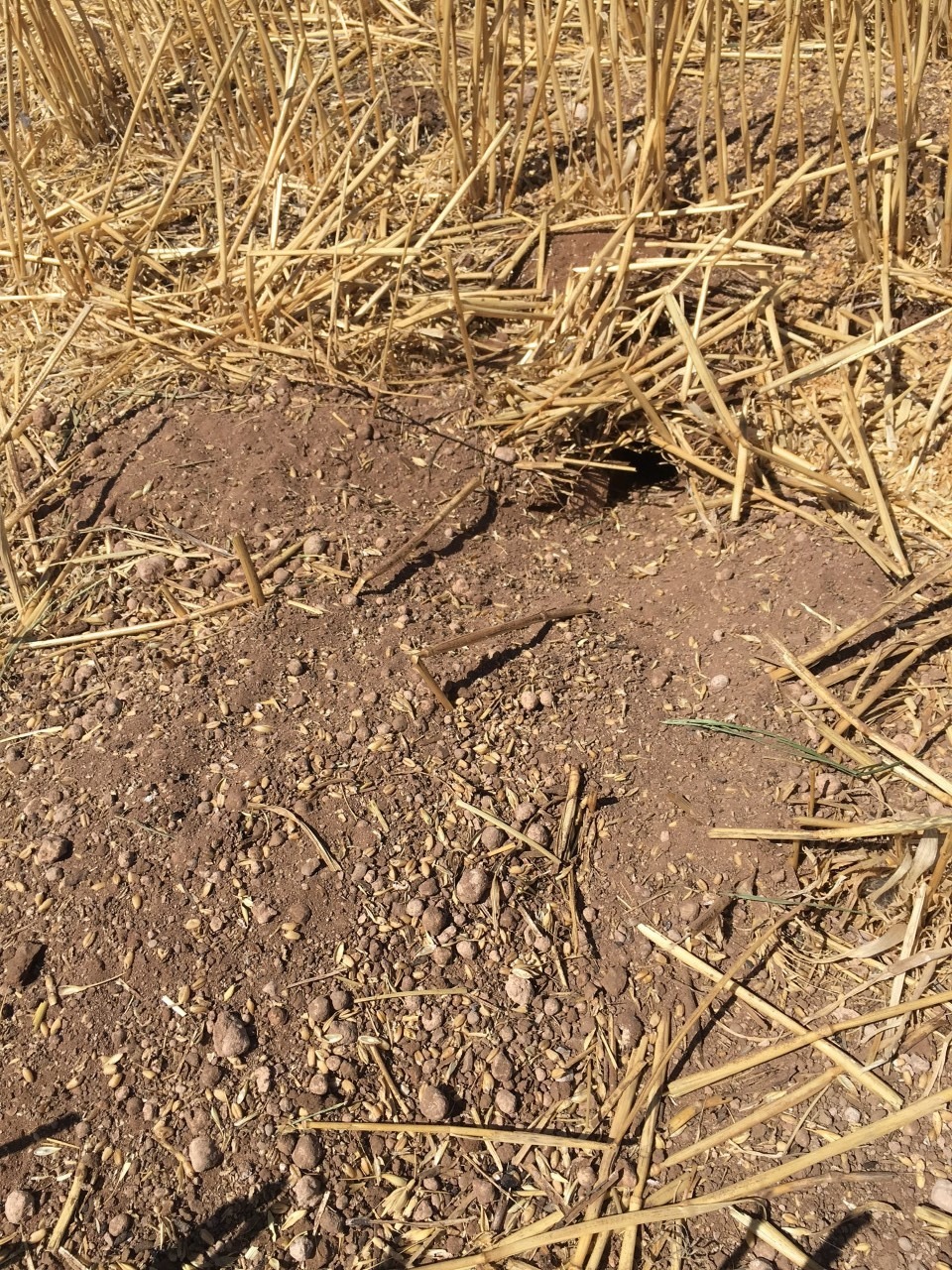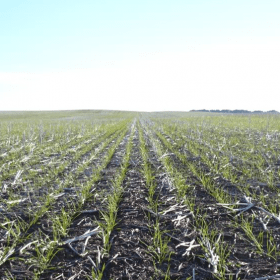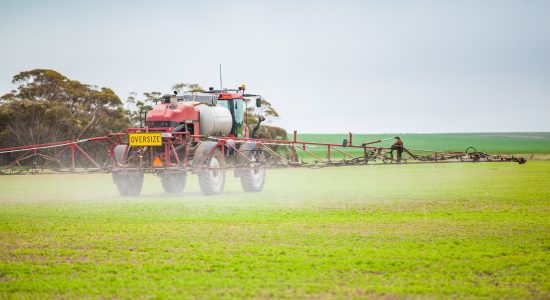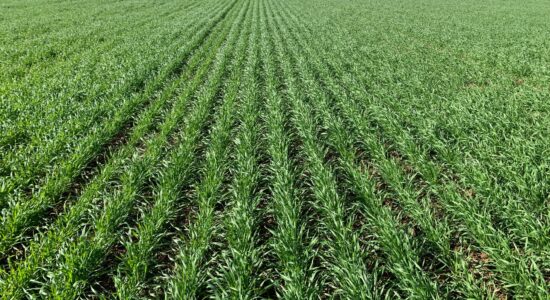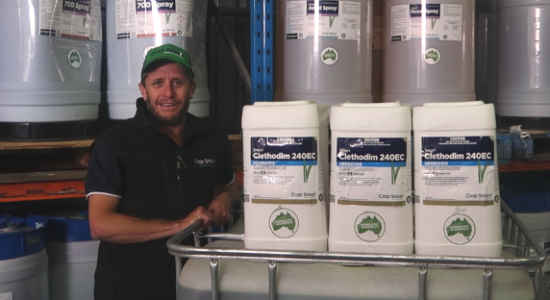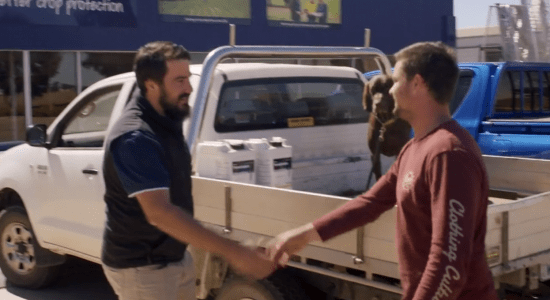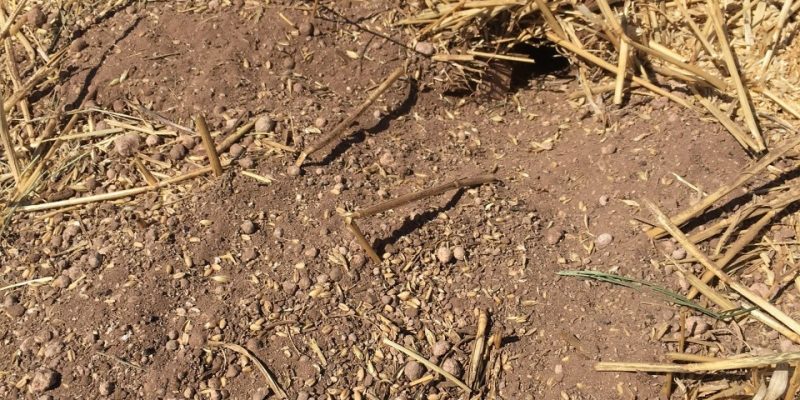
Keep an eye on mouse populations
In many areas this year mice are present at varying levels and pose a threat to establishing crops early in the season. Current mouse populations are not a surprise after a large harvest with wind and hail damage causing far more grain than normal to be on the ground. This increases the food source for the rodents. Summer rain this season is a mixed blessing as it germinates some of the food source, but if summer weeds and volunteer cereal are left uncontrolled it will again become a nutritional feed as it ripens and forms grains. There are however management strategies to minimise the populations including spraying weeds, grazing and baiting.
Large summer rains this year have been great to germinate grain on the ground. Once the grain has germinated and starts growing its nutritional value to the mice declines. It is critical to control the volunteers to make sure they don’t set seed and become another food source. It is not just the volunteer cereal that mice like but other weeds such as melons when their fruit ripens. However not all grain will germinate as some will not have a good seed to soil contact.
Grazing, especially by sheep can be a very effective way of reducing the amount of food available for mice to eat. Early grazing allows more time for the mouse population to decline and also reduced their ability to stockpile grain for the winter. Although cattle do not eat grain from the ground like sheep they do trample it in so more will germinate after a rain.
Baiting can be an effective way to drop mouse numbers. Baiting immediately behind the seeder is very effective as all other food is covered and the bait is sitting on the surface easily found. It can be successful before seeding if there is little other food for the mice to eat. Spreading bait at 1kg/ha is not very effective if large amounts of grain or uncontrolled summer weeds are still present.
It is important to remember the mouse population will only be as large as the feed it has to sustain it. Reducing the amount of feed in the fallow is the start. History also shows when everyone has mice at seeding the bait supply can be an issue. Planning ahead and having some on farm supplies may be a good investment. If you are seeing a few holes you really need to check at night to see how active they are or at least spread some talc powder around the hole and come back the next day to see if they are active.
The Smart Agro
Sign Up
